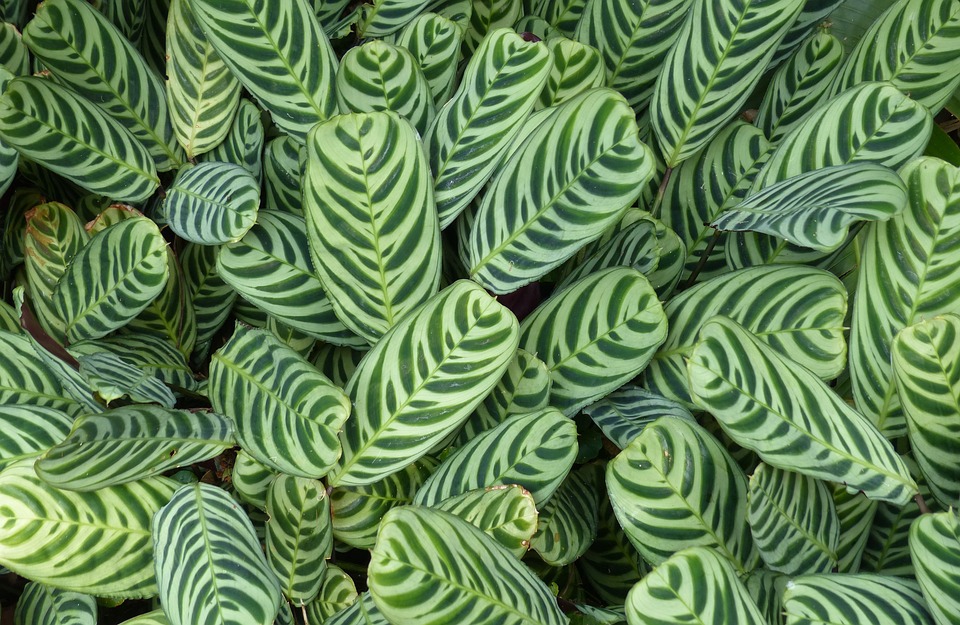What Climate Does Coffee Grow In? Exploring the Ideal Conditions for Coffee Cultivation
Coffee is one of the world’s most beloved beverages, primarily cultivated in tropical regions known as the “Coffee Belt,” which lies between the Tropics of Cancer and Capricorn. The climate significantly influences coffee growth, flavor, and quality, making specific regions more suitable for cultivation.
Ideal Climate Characteristics for Coffee Growth
Tropical Climate:
Coffee thrives in tropical climates characterized by consistent temperatures and seasonal rainfall. This climate is essential for both Arabica and Robusta varieties, with Arabica requiring more specific conditions.
Temperature Range:
– Arabica Coffee: Optimal temperatures range from 60–70°F (15–24°C).
– Robusta Coffee: Can tolerate slightly warmer conditions, thriving between 70–80°F (21–27°C) but prefers lower altitudes.
Altitude Requirements:
Arabica coffee flourishes at higher altitudes (3,000–6,000 feet or 900–1,800 meters), where cooler temperatures slow maturation and enhance flavor complexity. Robusta, in contrast, is typically grown at lower elevations (sea level to 3,000 feet) and can withstand warmer climates[1][2].
Seasonal Rainfall and Humidity
Consistent Rainfall Patterns:
Coffee plants require an annual rainfall of 40–100 inches (1,000–2,500 mm). A well-defined wet and dry season is crucial to support natural growth cycles and harvests. Excessive rain can lead to diseases like coffee leaf rust[6][8].
Humidity Needs:
Moderate to high humidity levels (60% to 80%) are beneficial for Arabica coffee, particularly during flowering and fruit development. However, a distinct dry season is necessary to facilitate harvesting[2][6].
Sunlight and Shade Requirements
Filtered Sunlight:
Coffee plants generally prefer partial shade to protect them from intense sunlight that can stress the plants. This also helps maintain soil moisture levels.
Shade-Grown Coffee:
Cultivating coffee under shade trees promotes biodiversity and sustainability. Such practices enhance soil health and provide natural pest control while improving the overall ecosystem[5][8].
Regional Variations in Coffee-Growing Climates
– Latin America (e.g., Colombia, Brazil): Characterized by warm tropical climates with defined wet and dry seasons ideal for Arabica coffee.
– Africa (e.g., Ethiopia, Kenya): Features diverse microclimates with high altitudes that produce unique flavors due to varied terrain and consistent rainfall.
– Asia-Pacific (e.g., Indonesia, Vietnam): Warmer, humid climates support both Arabica and Robusta varieties. Heavy monsoon rains contribute to the growth cycle but can also pose risks of disease[1][7].
Climate Change and Coffee Production
Rising Temperatures and Threats to Quality:
Climate change poses significant risks to coffee production by altering temperature ranges and rainfall patterns. Increased temperatures can lead to reduced yields and diminished quality, particularly for Arabica coffee[6][8].
Changing Rainfall Patterns:
Erratic rainfall disrupts flowering and harvest times, making coffee plants more susceptible to diseases such as coffee rust. Farmers are increasingly forced to adapt by relocating crops to higher altitudes or employing innovative farming techniques[4][5].
Adaptation Efforts:
Farmers are exploring sustainable practices such as agroforestry, which involves planting shade trees alongside coffee crops. This approach not only protects plants from extreme weather but also enhances soil quality by providing organic matter[5][6].
Conclusion
The ideal climate for coffee cultivation encompasses moderate temperatures, consistent rainfall, appropriate humidity levels, and altitude considerations. As climate change continues to threaten these conditions, sustainable farming practices will be essential in preserving coffee quality and ensuring the livelihood of millions of small-scale farmers worldwide. The future of coffee depends on our ability to adapt to changing environmental conditions while maintaining the delicate balance necessary for high-quality production.

Kyle Whyte is a notable scholar and professor at the University of Michigan, holding positions such as the George Willis Pack Professor in the School for Environment and Sustainability and Professor of Philosophy. Specializing in environmental justice, his work critically examines climate policy and Indigenous peoples’ ethics, emphasizing the nexus between cooperative scientific endeavors and Indigenous justice. As an enrolled Citizen Potawatomi Nation member, he brings a vital perspective to his roles as a U.S. Science Envoy and member of the White House Environmental Justice Advisory Council. His influential research is supported by various prestigious organizations including the National Science Foundation, and disseminated through publications in high-impact journals. Kyle actively contributes to global Indigenous research methodologies and education, with affiliations to numerous institutes and societies dedicated to traditional knowledge and sustainability. Recognized for his academic and community engagement, Kyle has earned multiple awards and served in various visiting professorships. His efforts extend to leadership positions on boards and committees focused on environmental justice nationwide.
